Trauma and tranquility: Anish Kapoor and minimalist Lee Ufan take over London's Lisson Gallery
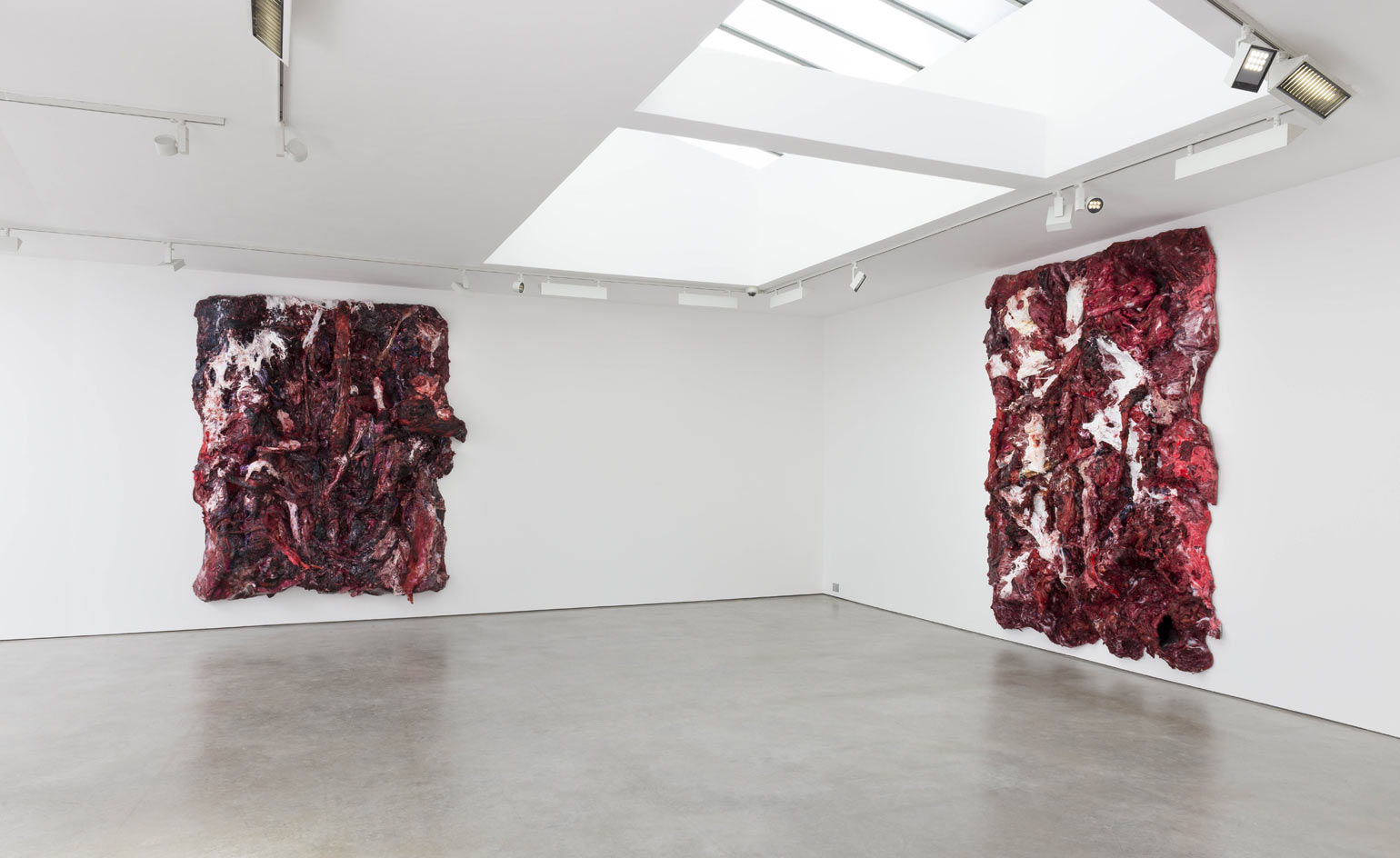
An impressive double header opened at London's Lisson Gallery yesterday with new shows from Anish Kapoor and Korean minimalist Lee Ufan.
More than thirty years on from his first exhibition at the gallery, Kapoor presents new giant resin and silicon pieces - not for the squeamish - that blur the boundary between sculpture and painting and look, as much as anything, like panels of mangled, torn and charred flesh; tortured lumps of fat and sinew that lurch out of the wall at you (though recalling at once Rembrandt in their very fleshiness, Bacon in their horror-movie punch and Kapoor's own explosive red wax works). These pieces are not traumatic, they are trauma.
He has been developing these visceral shockers for the last 18 months. And as much as Kapoor has long insisted that he is a painter who is sculptor, as if in trying to do one thing he ended up doing another, they feel like the work of a different artist. Different from the Kapoor of Chicago's Cloud Gate, or the 'Bean' as it has been affectionately tagged. This was a kind of crowd-pleasing minimalism that left you feeling cleaner and calmer after viewing, but now it's as if Sigur Rós has started playing Death Metal.
The odd thing is that becalming, purifying Kapoor is also here in shiny pure shapes and a lovely, almost confectionary pink onyx ovoid. These pieces are also organic and bodily in their way, but womby. As with much of Kapoor's work, they suck you in and spin you round, but in a good way.
Ufan meanwhile is a less-is-more minimalist proper. He helped establish the Mona-Ha movement in Japan in the 1960s, where he is best known, but recent shows at Versailles and the Guggenheim mothership in New York have bolstered his international reputation.
Ufan has created what the Lisson calls a 'quasi-sacred' space to house these new works; an effort, the artist says, to 'lead people's eyes to emptiness and turn their eyes to silence'. Here he has installed four large paintings - carefully composed sweeps of a single colour. In another area a large rock talks, somehow, to a large blank canvas. He is concerned with this kind of material connection. In the gallery's interior courtyard he has set a large rock onto a sheet of glass, a reflective pond that holds steady. 'My work is interior and exterior,' Lee has said, 'interrelating objects and finding the coherences and harmonies'. They are then a pointed contrast to Kapoor's new found dissonance.
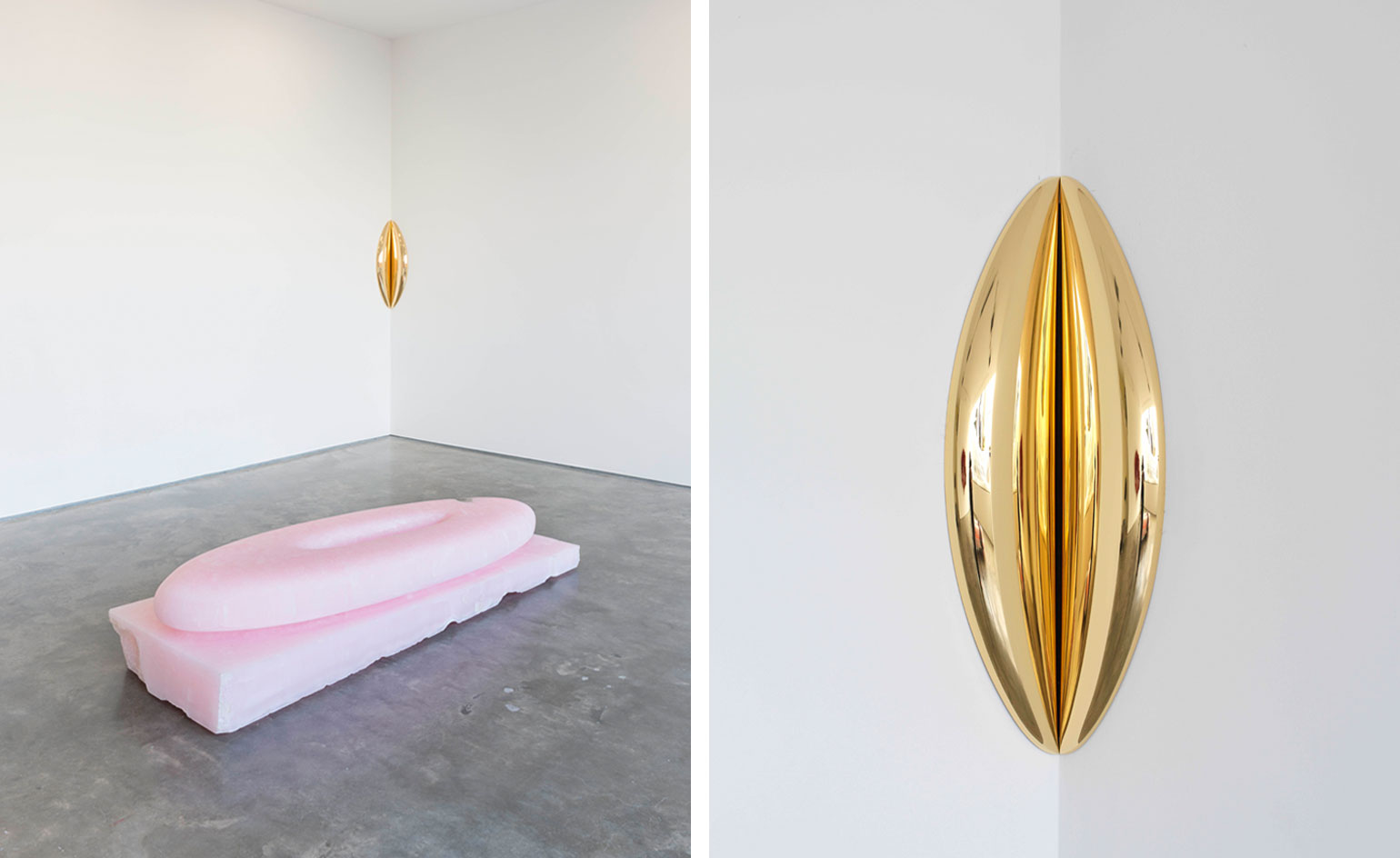
Never one to obey expectations, Kapoor also presents some more cleaner and calmer works, albeit bodily in their own way. Both works here are simply titled 'Not yet titled'.
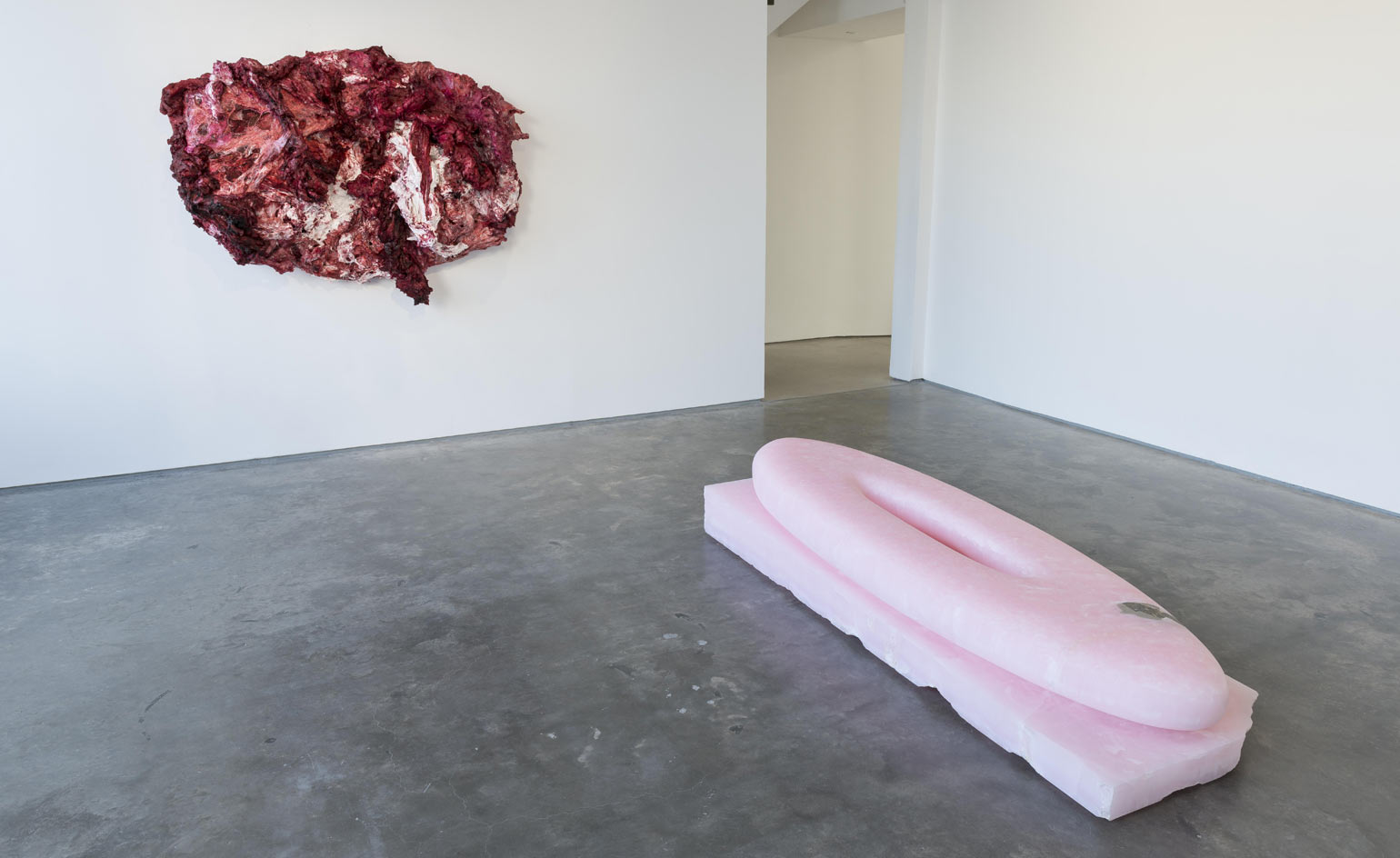
A candy pink, wholesome-looking onyx ovoid lies calmly next to one of Kapoor's ravaged, mangled silcone and pigment works.
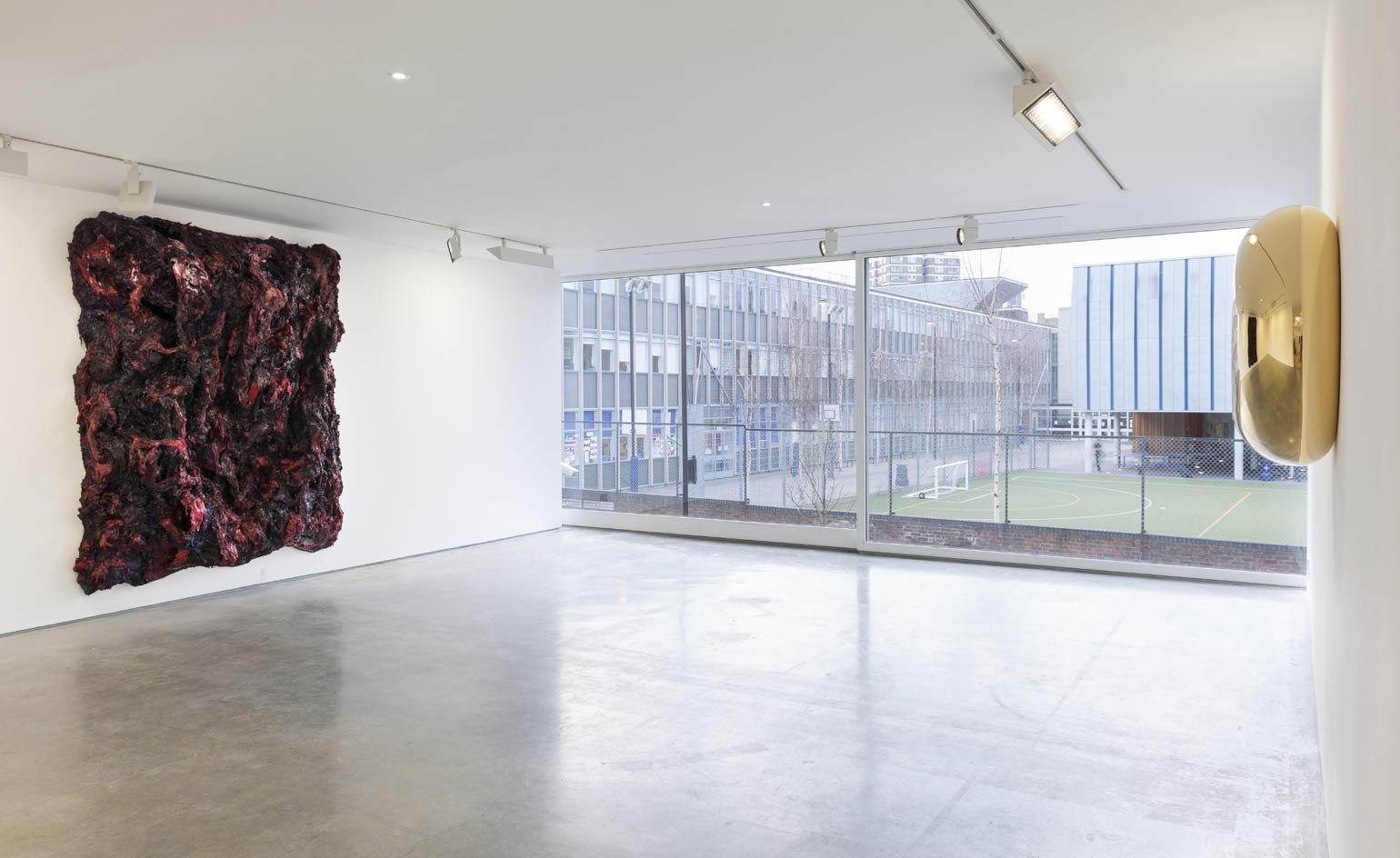
In this exhibition, Kapoor somehow gives lessons in both dissonance and simultaneity; both the tortured lumps of fat and sinew and the recognisable golden haloes, though diametrically opposed, suck you in and spin you round.
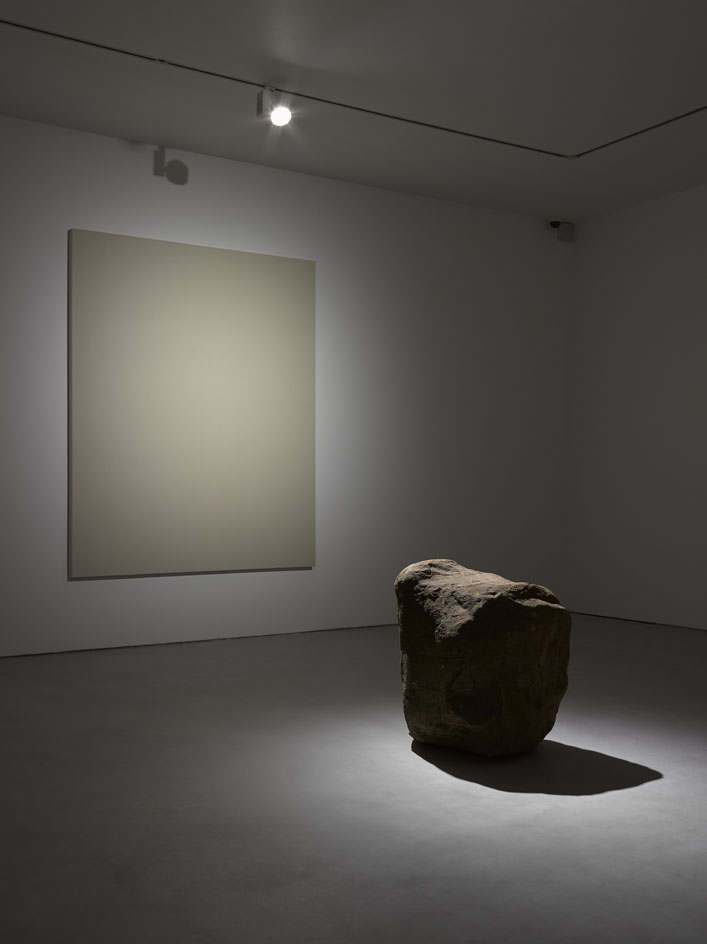
Lee Ufan's works, on the other hand, offer a sense of tranquility quite at odds with the trauma of Kapoor's. Pictured: the talking rock, 'Dialogue - Silence', 2013.
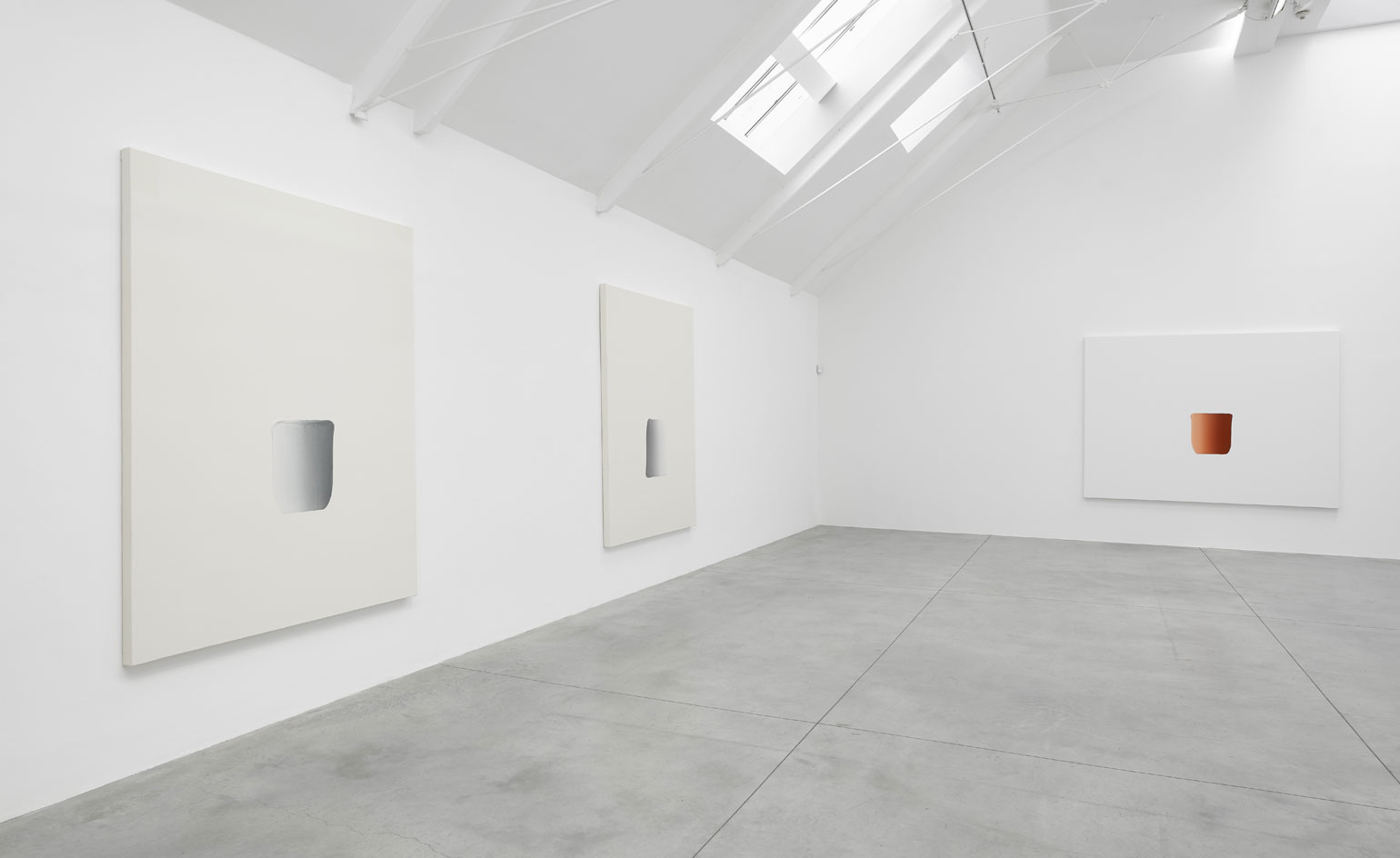
Ufan's 'Dialogue' paintings of 2014.
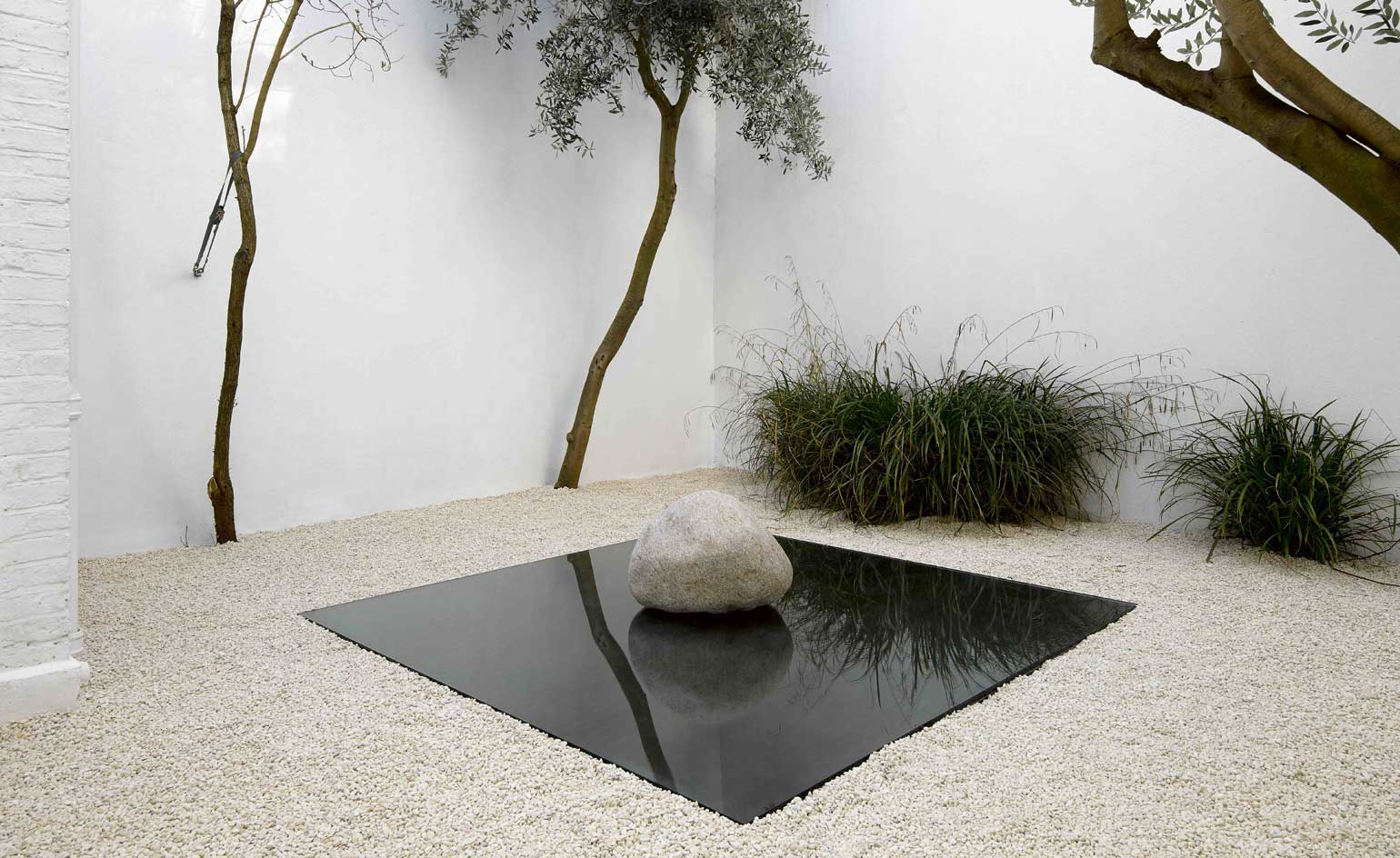
'My work is interior and exterior,' Lee has said, 'interrelating objects and finding the coherences and harmonies'
Pictured: 'Relatum - Rest', 2013.
ADDRESS
Lisson Gallery
27 & 52 Bell Street
London
NW1 5DA
Wallpaper* Newsletter
Receive our daily digest of inspiration, escapism and design stories from around the world direct to your inbox.
-
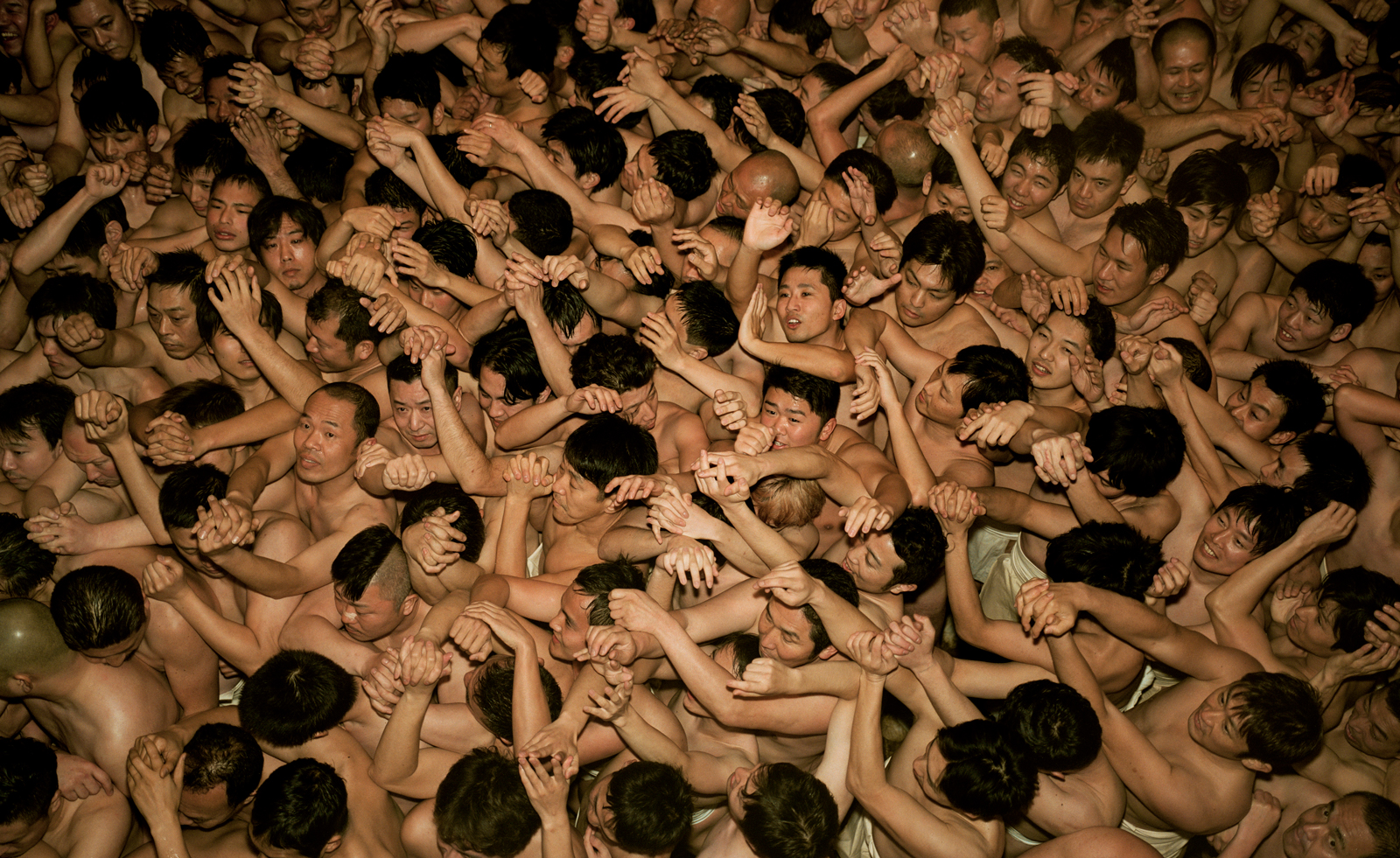 Inside Kyotographie, Japan’s world-renowned photography festival
Inside Kyotographie, Japan’s world-renowned photography festivalKyotographie 2025 embraces the theme ‘Humanity’ in Kyoto – Amah-Rose Abram reports with the highlights, from major and emerging photographers
By Amah-Rose Abrams
-
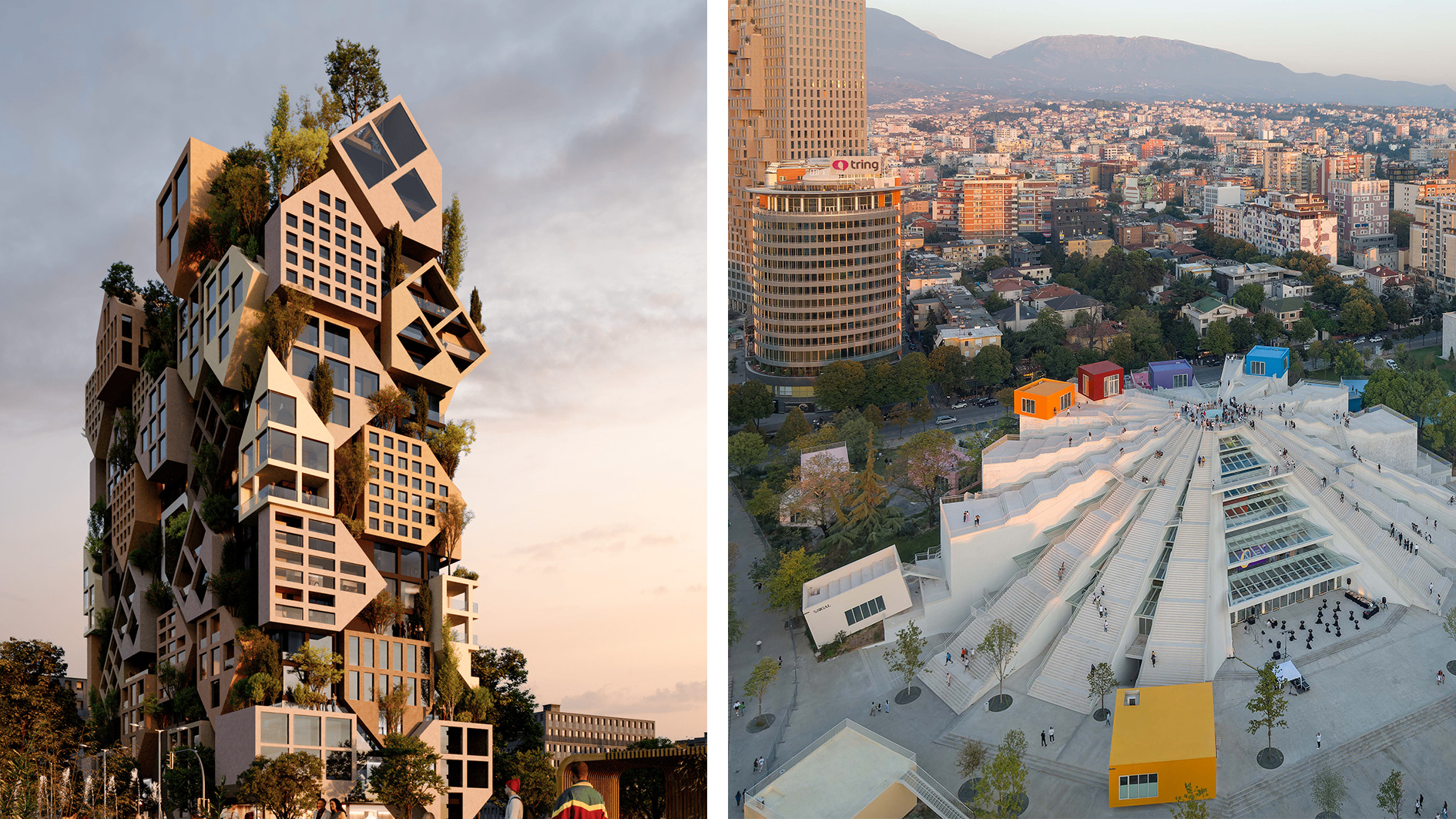 Isolation to innovation: Inside Albania’s (figurative and literal) rise
Isolation to innovation: Inside Albania’s (figurative and literal) riseAlbania has undergone a remarkable transformation from global pariah to European darling, with tourists pouring in to enjoy its cheap sun. The country’s glow-up also includes a new look, as a who’s who of international architects mould it into a future-facing, ‘verticalising’ nation
By Anna Solomon
-
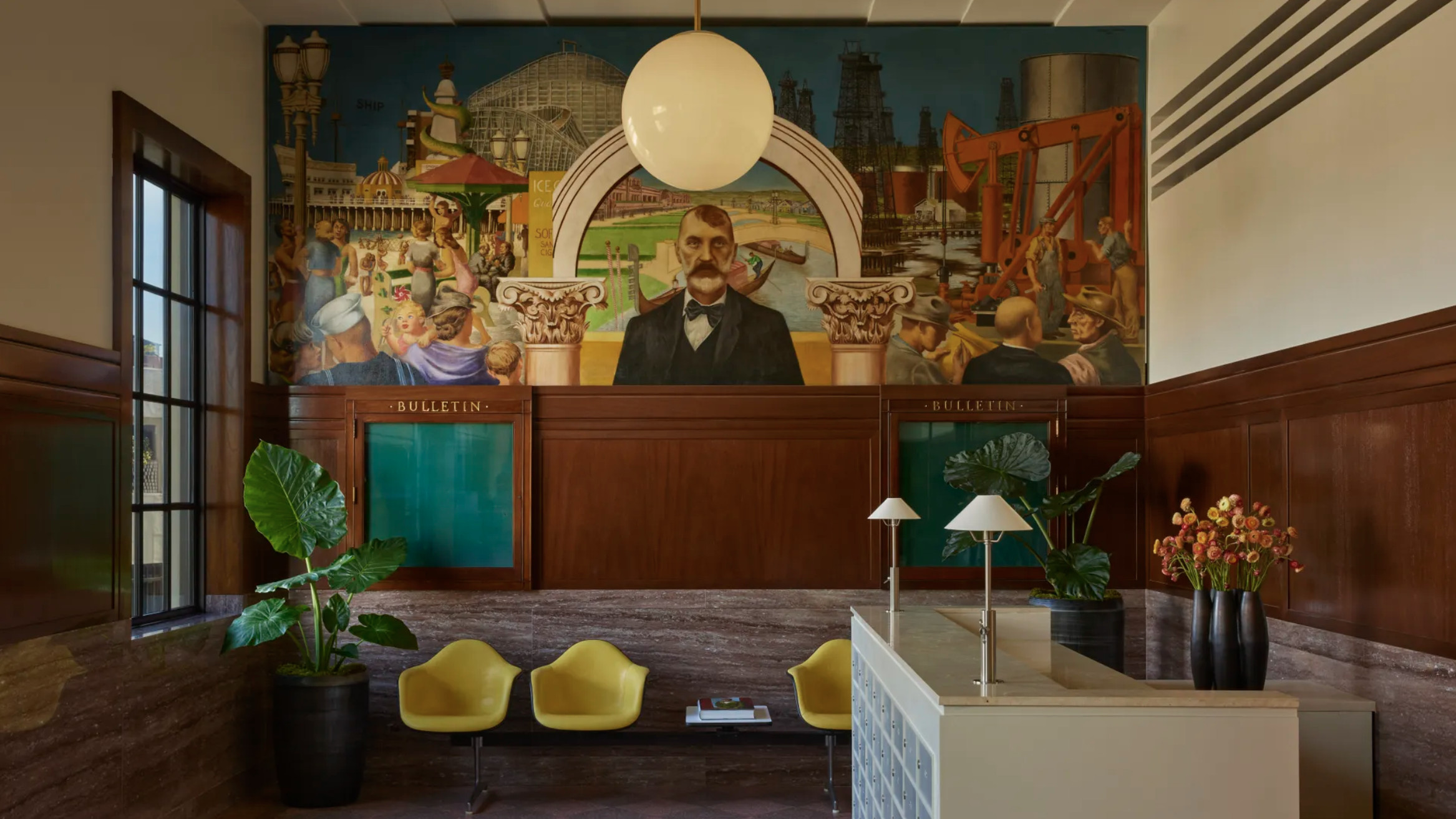 The Lighthouse draws on Bauhaus principles to create a new-era workspace campus
The Lighthouse draws on Bauhaus principles to create a new-era workspace campusThe Lighthouse, a Los Angeles office space by Warkentin Associates, brings together Bauhaus, brutalism and contemporary workspace design trends
By Ellie Stathaki
-
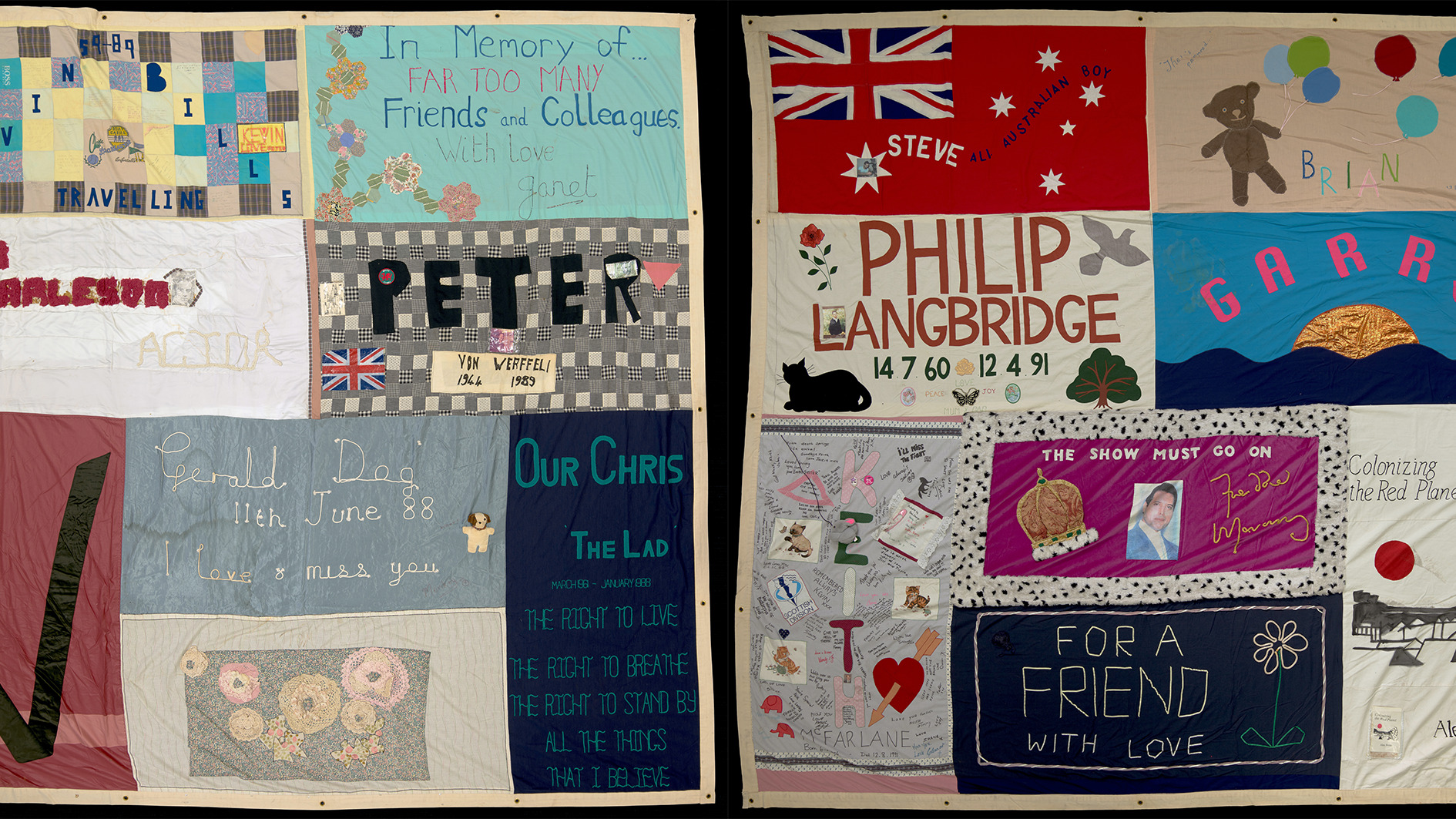 The UK AIDS Memorial Quilt will be shown at Tate Modern
The UK AIDS Memorial Quilt will be shown at Tate ModernThe 42-panel quilt, which commemorates those affected by HIV and AIDS, will be displayed in Tate Modern’s Turbine Hall in June 2025
By Anna Solomon
-
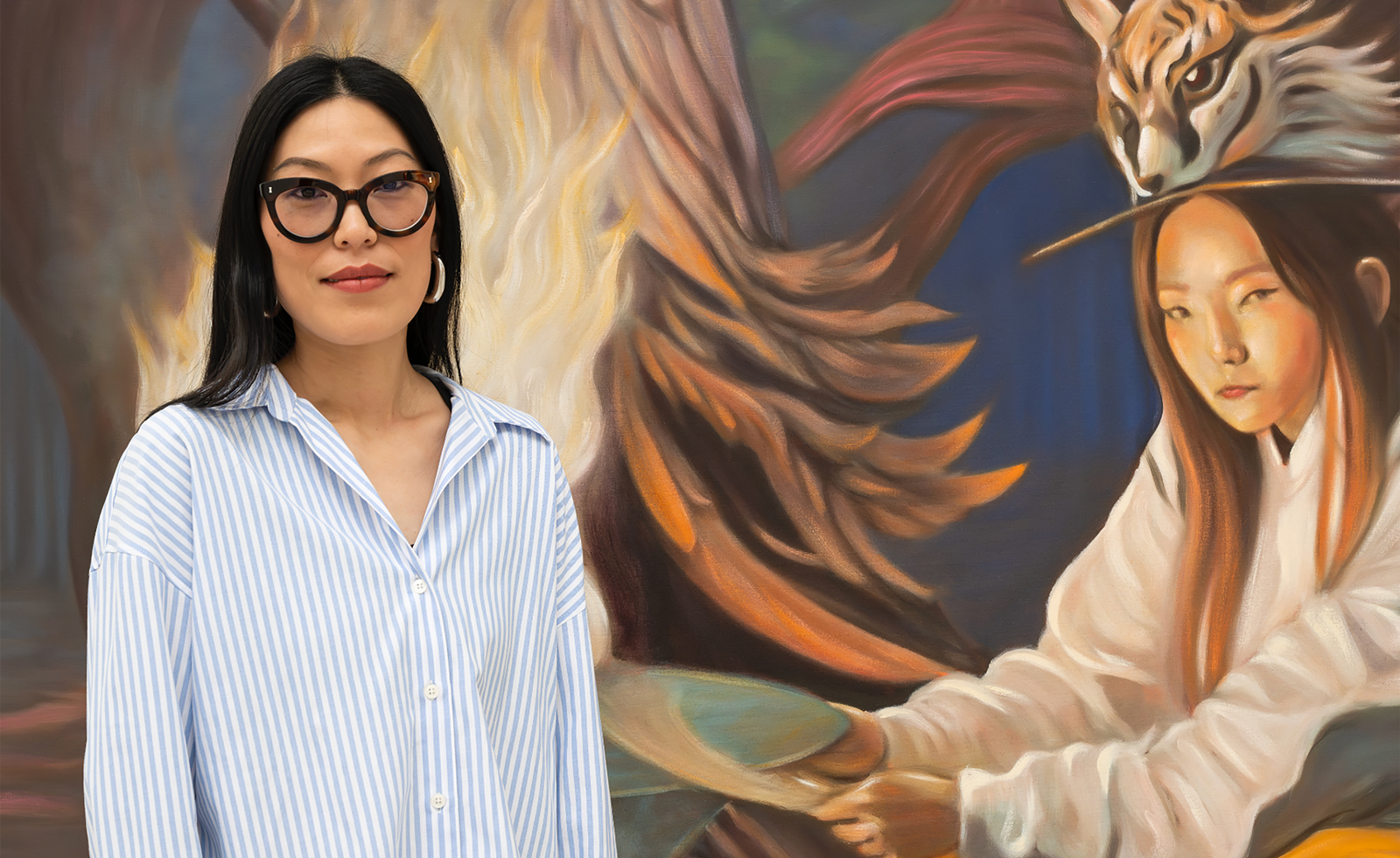 Meet the Turner Prize 2025 shortlisted artists
Meet the Turner Prize 2025 shortlisted artistsNnena Kalu, Rene Matić, Mohammed Sami and Zadie Xa are in the running for the Turner Prize 2025 – here they are with their work
By Hannah Silver
-
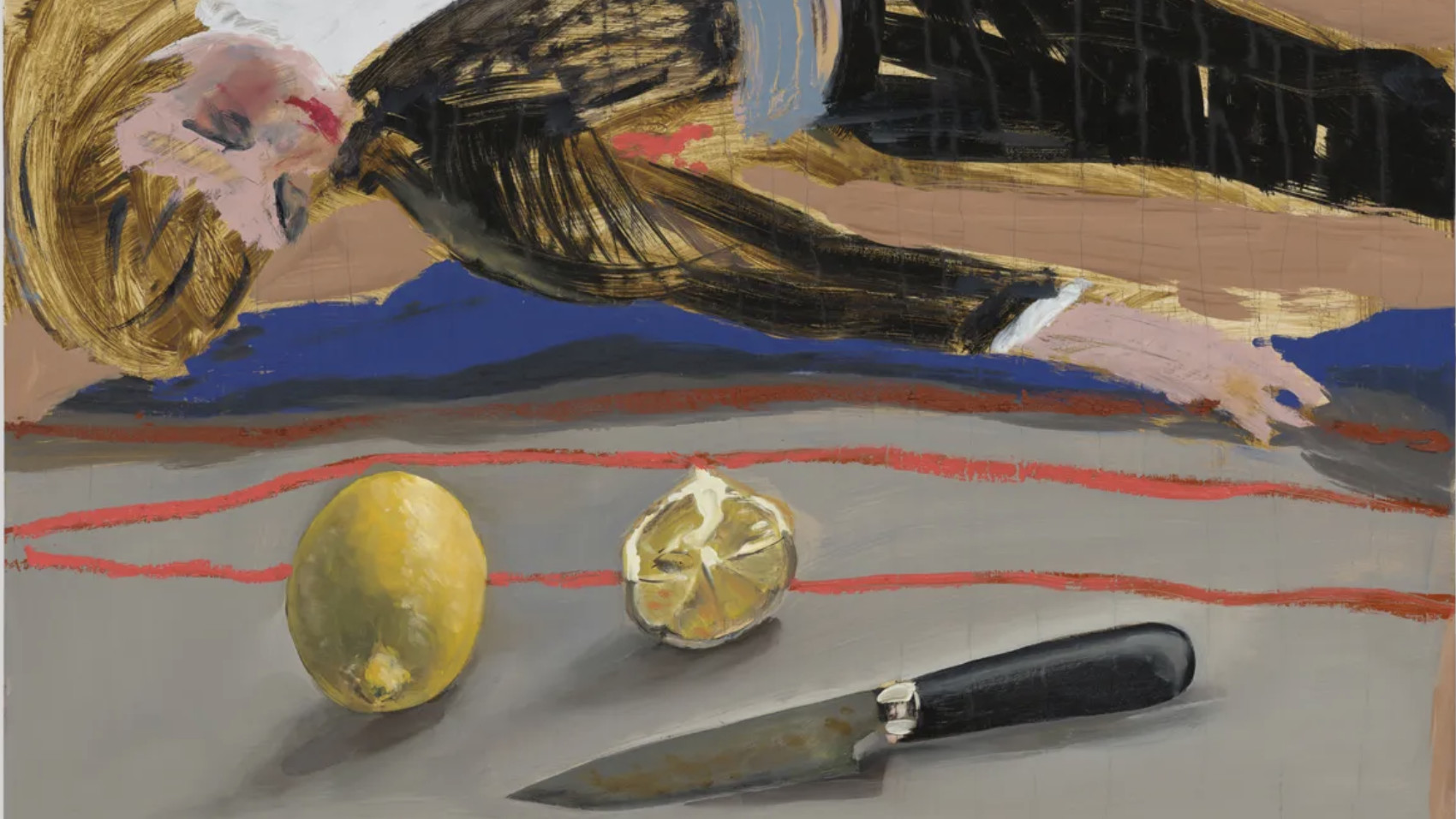 ‘Humour is foundational’: artist Ella Kruglyanskaya on painting as a ‘highly questionable’ pursuit
‘Humour is foundational’: artist Ella Kruglyanskaya on painting as a ‘highly questionable’ pursuitElla Kruglyanskaya’s exhibition, ‘Shadows’ at Thomas Dane Gallery, is the first in a series of three this year, with openings in Basel and New York to follow
By Hannah Silver
-
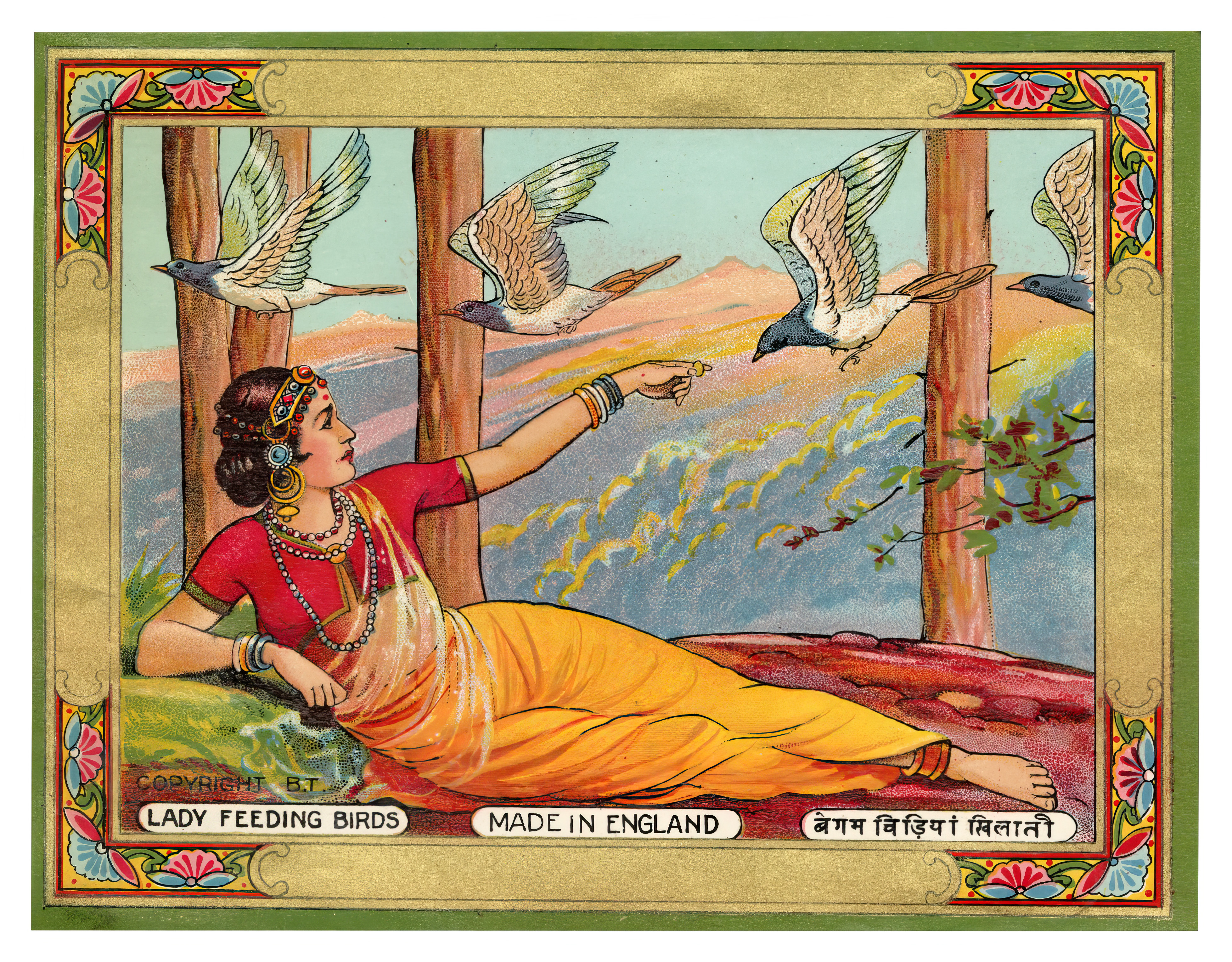 The art of the textile label: how British mill-made cloth sold itself to Indian buyers
The art of the textile label: how British mill-made cloth sold itself to Indian buyersAn exhibition of Indo-British textile labels at the Museum of Art & Photography (MAP) in Bengaluru is a journey through colonial desire and the design of mass persuasion
By Aastha D
-
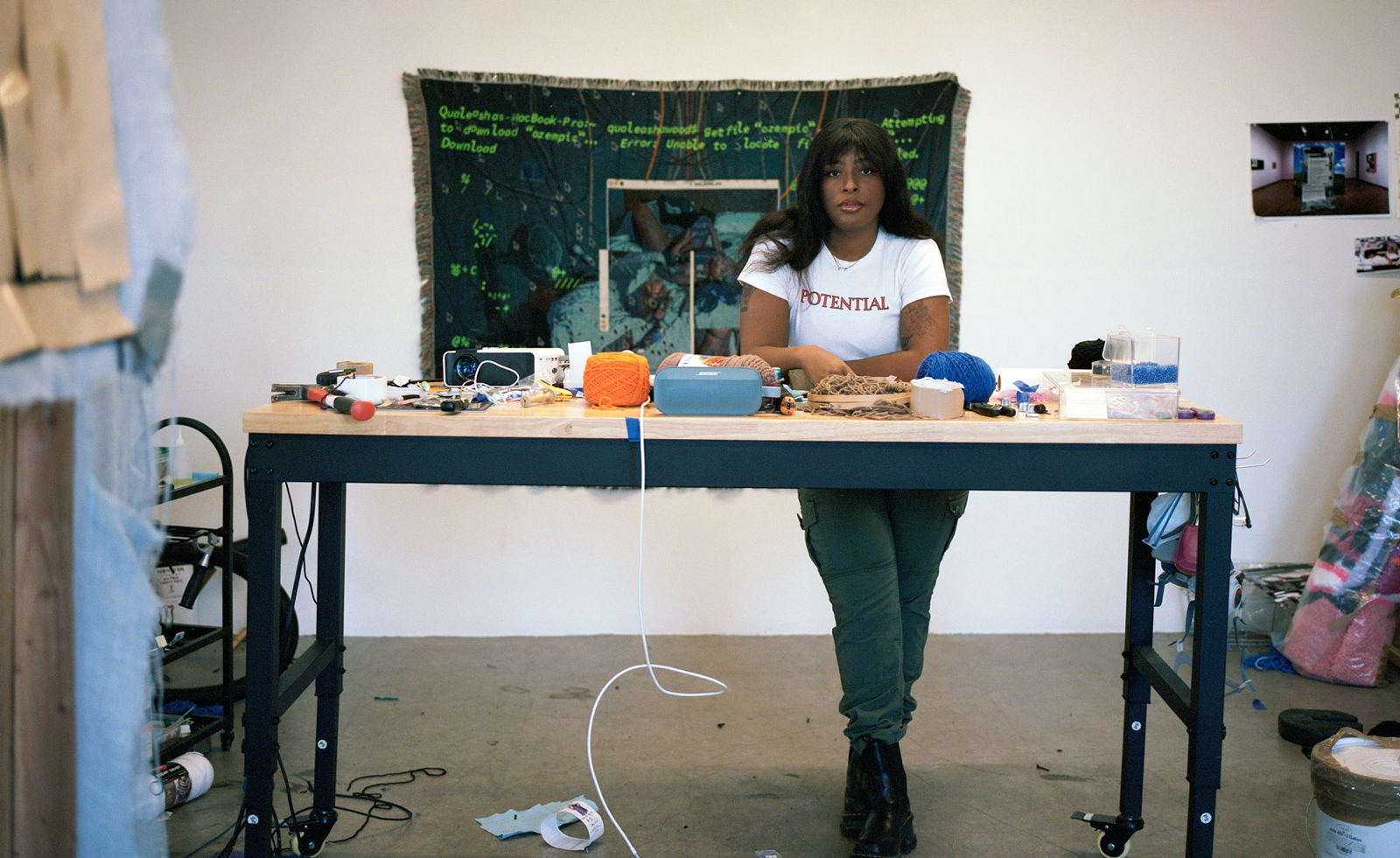 Artist Qualeasha Wood explores the digital glitch to weave stories of the Black female experience
Artist Qualeasha Wood explores the digital glitch to weave stories of the Black female experienceIn ‘Malware’, her new London exhibition at Pippy Houldsworth Gallery, the American artist’s tapestries, tuftings and videos delve into the world of internet malfunction
By Hannah Silver
-
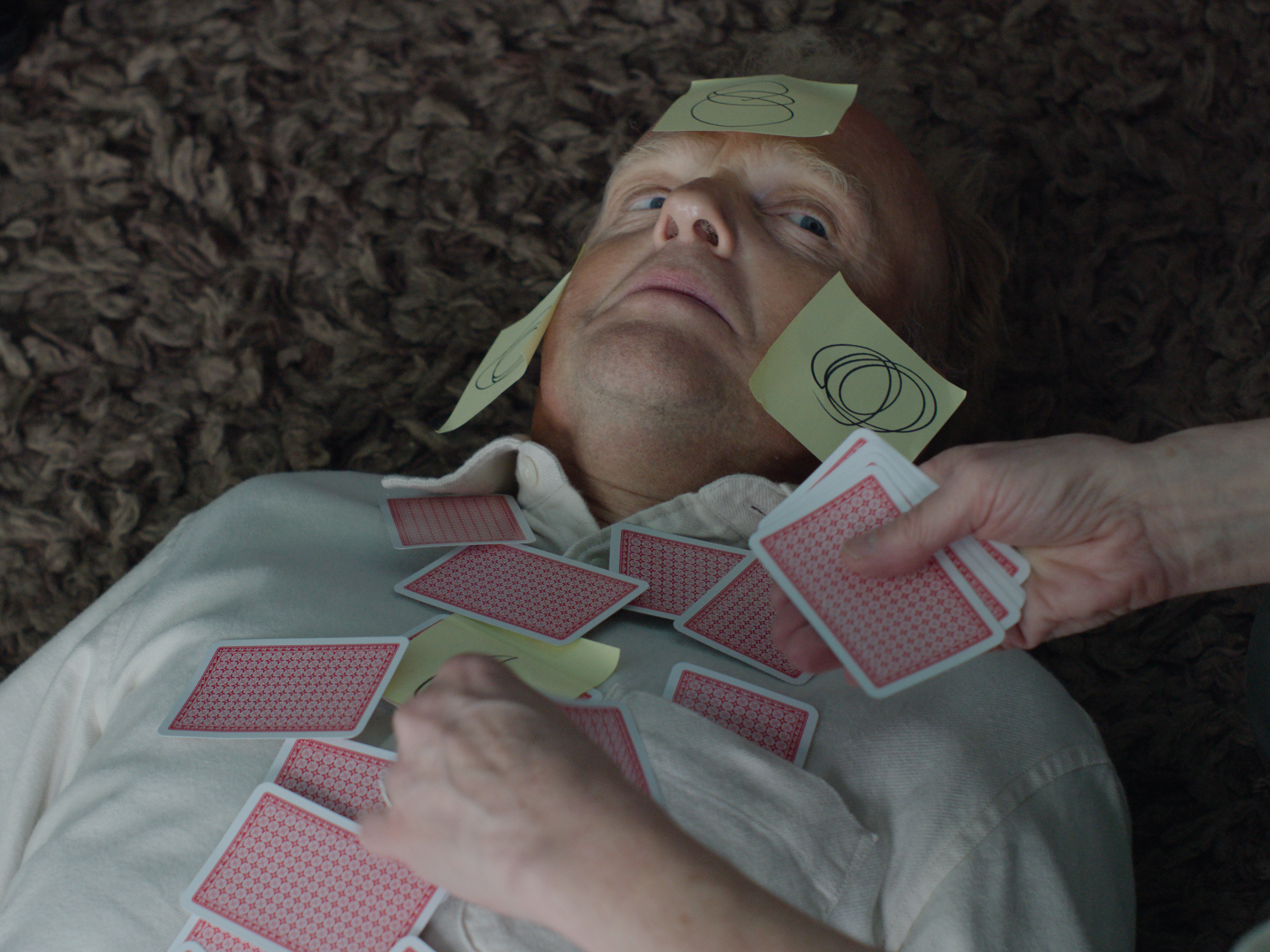 Ed Atkins confronts death at Tate Britain
Ed Atkins confronts death at Tate BritainIn his new London exhibition, the artist prods at the limits of existence through digital and physical works, including a film starring Toby Jones
By Emily Steer
-
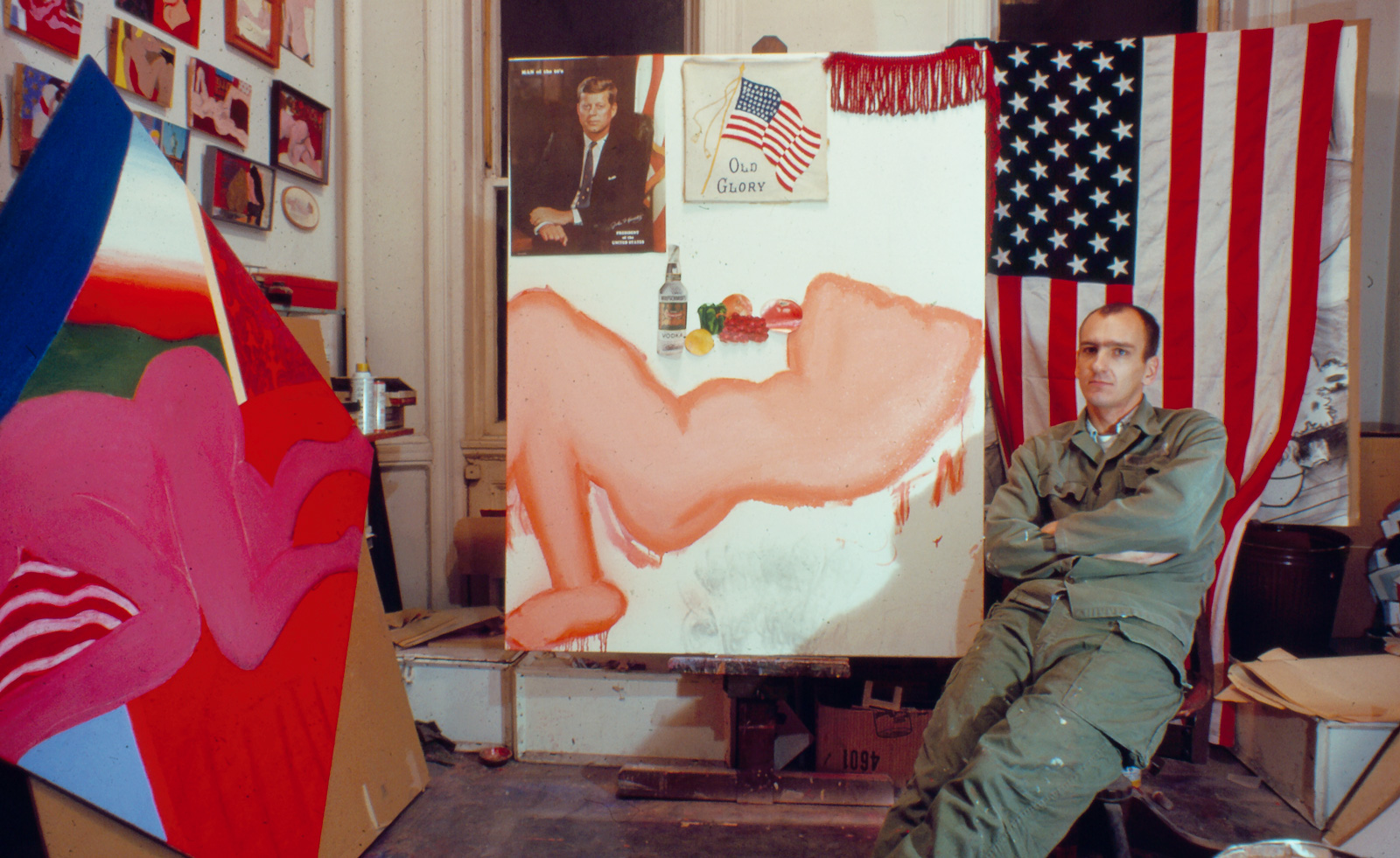 Tom Wesselmann’s 'Up Close' and the anatomy of desire
Tom Wesselmann’s 'Up Close' and the anatomy of desireIn a new exhibition currently on show at Almine Rech in London, Tom Wesselmann challenges the limits of figurative painting
By Sam Moore
-
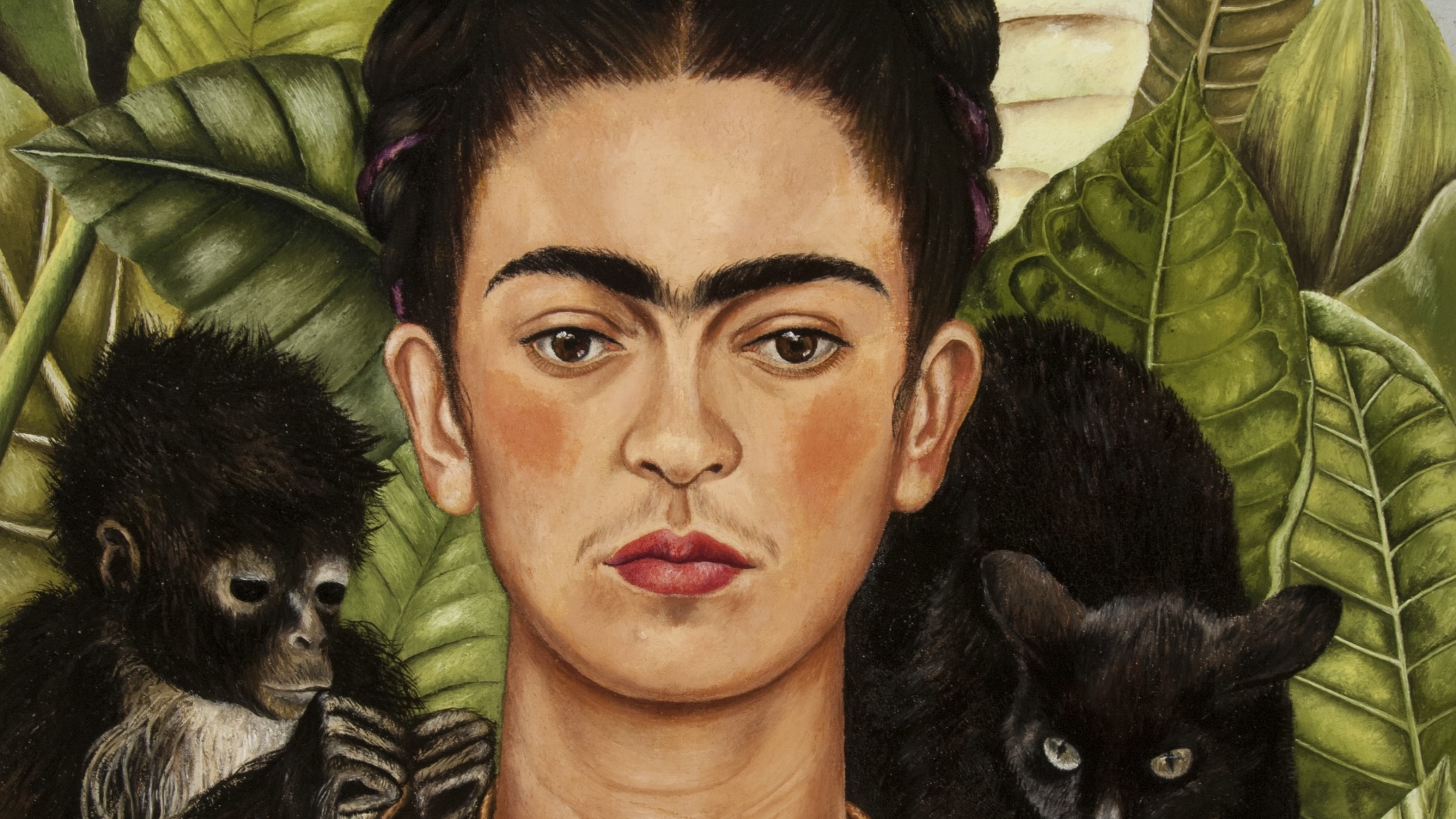 A major Frida Kahlo exhibition is coming to the Tate Modern next year
A major Frida Kahlo exhibition is coming to the Tate Modern next yearTate’s 2026 programme includes 'Frida: The Making of an Icon', which will trace the professional and personal life of countercultural figurehead Frida Kahlo
By Anna Solomon